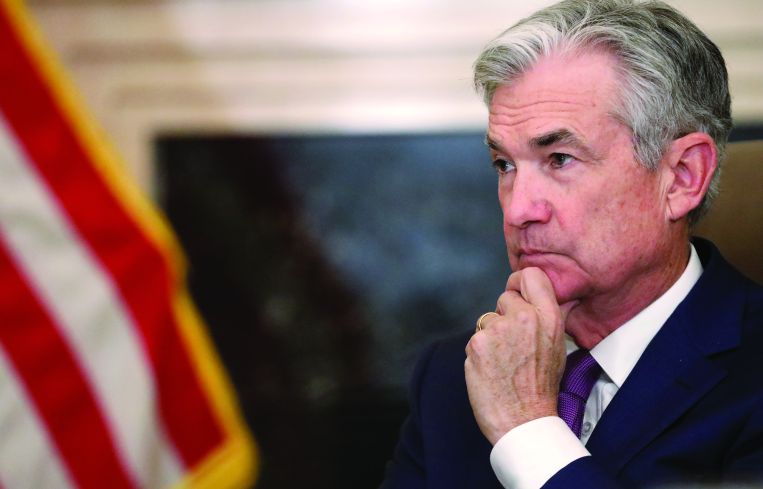Fed Promises Aggressive Measures; Congress Relief Package Stalled
By Chava Gourarie March 23, 2020 12:53 pm
reprints
Markets opened Monday with the news that the Federal Reserve promised an aggressive action plan, while a nearly $2 trillion relief package stalled in Congress.
The new measures from the Federal Reserve will help credit flow to businesses crippled by the coronavirus pandemic with an unlimited quantitative easing program, and an expansion into government-backed commercial real estate debt, according to a press release from the central bank.
“The Federal Reserve is committed to using its full range of tools to support households, businesses, and the U.S. economy overall in this challenging time,” the statement said.
Earlier this month, the Fed announced that it would use a bond-buying tool last used during the Great Recession to spend $700 billion on Treasury securities, and $200 billion in mortgage-backed debt. Today’s announcement scrapped the cap on the amount the central bank would buy, and added agency-backed debt to the list of what it would buy.
This is the first time in history that the Fed, through its Open Market Operations group, will purchase agency multifamily CMBS, according to a note from CREFC.
The Fed also announced it would establish three facilities to shore up the credit markets. The first two would support credit to large employers by providing funds for new bond and loan issuance, and liquidity for outstanding corporate bonds. The third would be the resurrected TALF (Term Asset-Backed Securities Loan Facility) program, which will allow for loan issuance backed by student, auto and credit card loans.
The Fed’s announcement temporarily boosted the market, which had tanked Sunday on the news that a relief package stalled in Congress. The relief package would have provided $1,200 checks for every family affected by the crisis, $350 billion to help small businesses cover payroll, and a $500 billion fund to be used at the Treasury Department’s discretion for corporations and local governments, among other programs.
The bill, referred to as the “phase three” relief package needs 60 votes to pass. It stalled Sunday in the senate after a vote deadlocked, with 47 senators voting yes and 47 voting no along party lines. At issue is the $500 billion fund, which Democrats say is a slush fund with little to no oversight on how it is spent.
Both Republicans and Democrats are accusing each other of utilizing the crisis for political ends, and ignoring the wellbeing of the American people.
Discussions over the relief package resumed Monday at noon and a vote is expected this afternoon.


